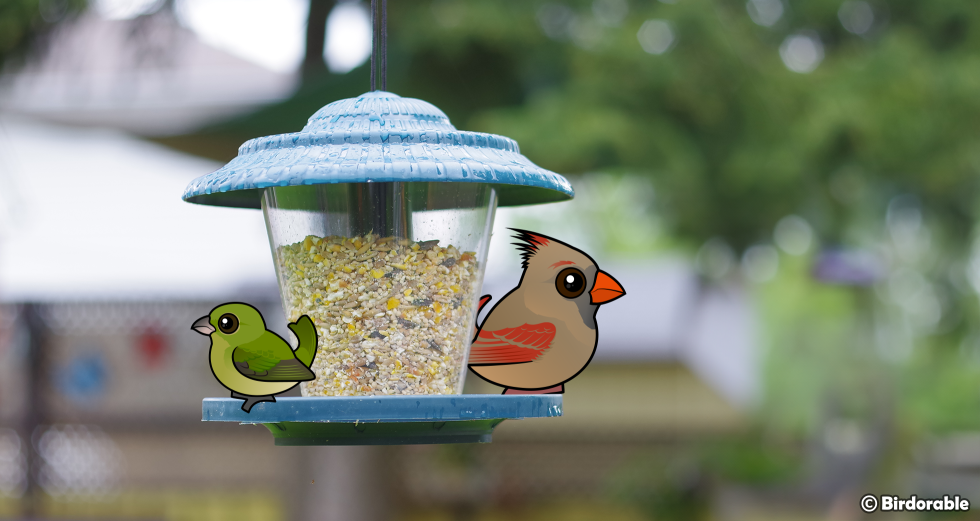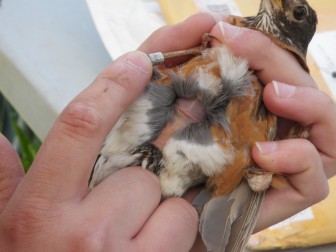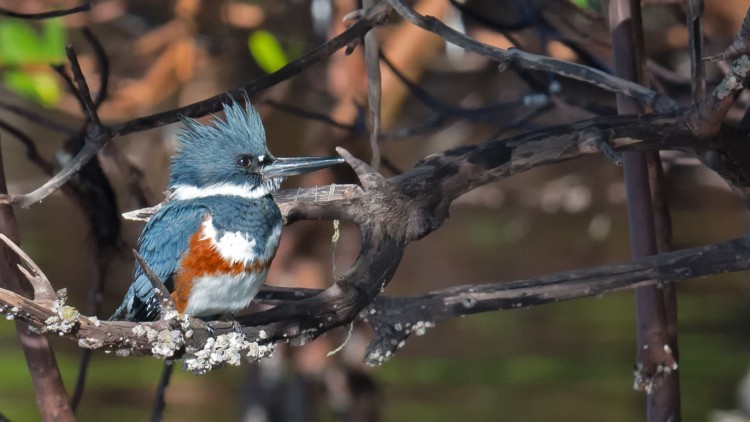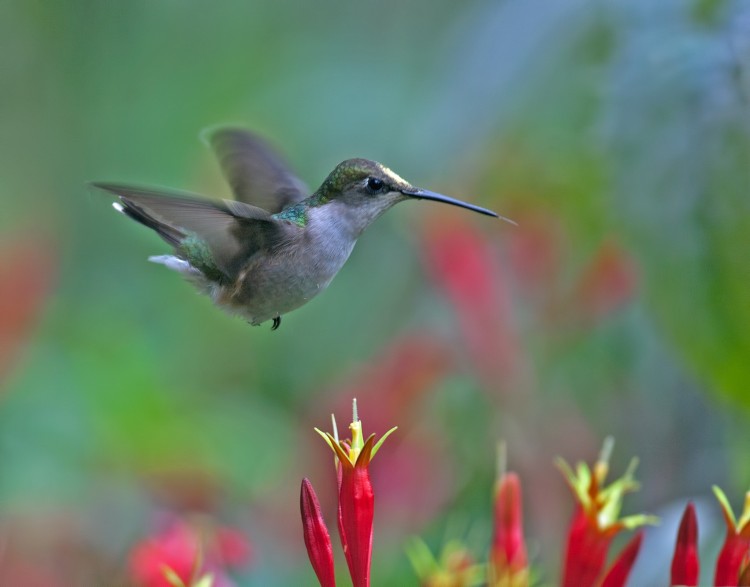Female Bird Day: Celebrating the Roles & Contributions of Female Birds

Bird feeder with female Painted Bunting and Northern Cardinal
It's almost time for Female Bird Day! During Memorial Day Weekend (May 25-27, 2024), birders and bird lovers celebrate the remarkable and often overlooked world of female birds. While their colors may be more subtle, and their songs more muted, female birds are obviously integral to the avian world. Whether you're an avid birdwatcher or simply a nature enthusiast, understanding the unique behaviors of our feathered female friends enriches our appreciation of biodiversity.

Female Mallard with ducklings
Contrary to popular belief that male birds are the primary vocalizers, in many species, female birds sing as well, sometimes as loudly and as often as males. Reasons for singing are similar to those for males. Females may sing in duet with males as a part of courtship or pair-bonding, they may vocalize to help defend territory, or for other communication reasons.

American Robin with brood patch by VSPYCC (CC BY 2.0 Deed)
Nest Building
In many bird species, females take the lead in nest building. This task involves selecting the nest site and gathering materials such as twigs, leaves, grass, feathers, and mud. Female birds often have specialized skills and instincts for constructing secure and comfortable nests that provide protection and optimal conditions for their eggs and chicks.
Raising Young
Once the eggs are laid, female birds typically assume a significant role in incubation and caring for the young. In many species, the female incubates the eggs alone, using her body heat to keep them at the proper temperature for development. Many also develop a brood patch, an area of bare skin on the underbody, to better maintain egg temperature during incubation. This period can last from several days to a few weeks, depending on the species. After the chicks hatch, females often take the primary role in feeding and caring for the young.
Female Birdorable Birds

Female Belted Kingfisher by Russ (CC BY 2.0 DEED)
Differential Migration
In many bird species, females and males migrate at different times, distances, or routes, a phenomenon known as differential migration. The physiological and ecological demands on female birds, particularly related to reproduction, heavily influence their migratory behavior.
Females and males may travel different distances during migration. In some species, females undertake longer migrations than males. This can be due to differences in body size, with females sometimes being larger and better able to endure longer journeys. Additionally, different nutritional needs or environmental pressures can lead to varied migratory routes.
Females often migrate later than males in the spring and earlier in the fall. For example, in some songbird species, males arrive at breeding grounds earlier to establish and defend territories, ensuring they have prime nesting sites when females arrive. Conversely, females may migrate earlier in the fall to reach wintering grounds sooner, securing the best feeding areas.
In some species, males and females tend to spend the off-season in completely different habitats, or at different elevations. Studying these differences can be important in understanding population trends. For example, if the wintering grounds of female birds is threatened by habitat destruction, the entire species may be in peril, even when the population may seem abundant due to the health of the winter habitat of male birds. So if we focus only on males, important species conservation data may be lost.
Female Birdorable Birds
Female birds not only fascinate with their behaviors and roles but also inspire with their resilience and importance to ecological balance. They pollinate plants, disperse seeds, control pests, and their nesting materials can even aid in the growth of plants, which in turn supports a larger biodiversity.
Celebrating Female Bird Day isn't just about giving these avian heroines their due recognition. It's about understanding the vital roles they play in nature and encouraging conservation efforts to see them, and protect them and their habitats. Their survival and well-being are crucial not only for their species but for ecosystems around the world.
To learn more about female birds, follow the hashtag #FemaleBirdDay during Memorial Day weekend to see how others are celebrating or visit the Female Bird Day website. You can participate in the weekend by focusing on female birds when you go out birding this weekend. If you use eBird, fill in the sex data for your list to indicate female birds you found.

Female Ruby-throated Hummingbird














Comments
Leave a comment
Thank you!